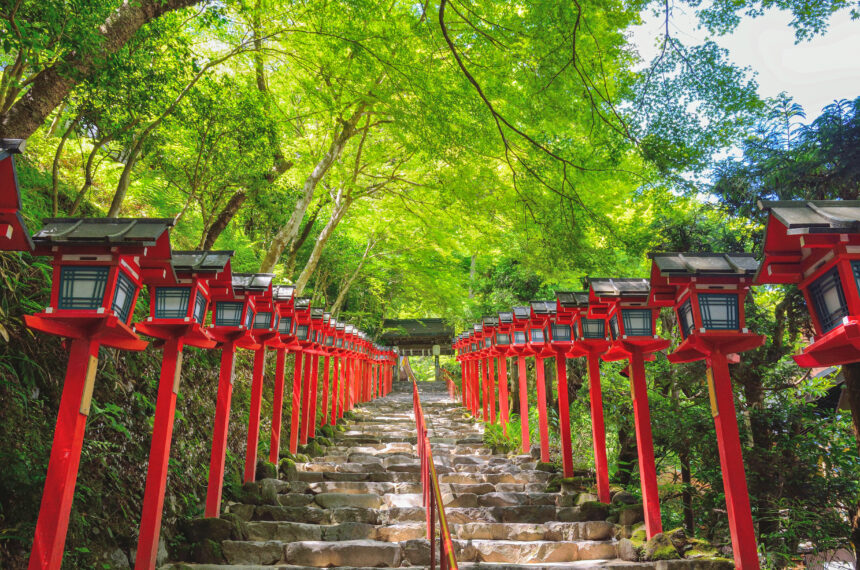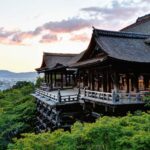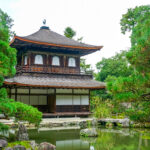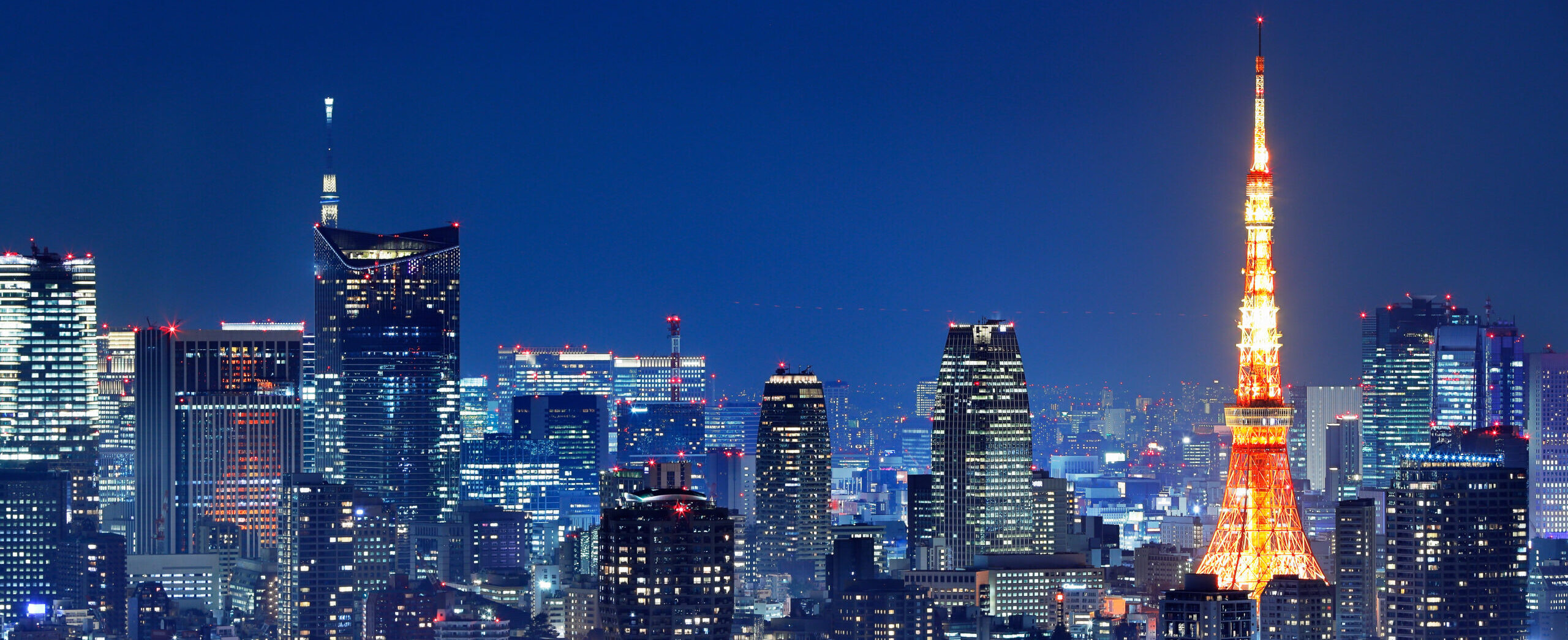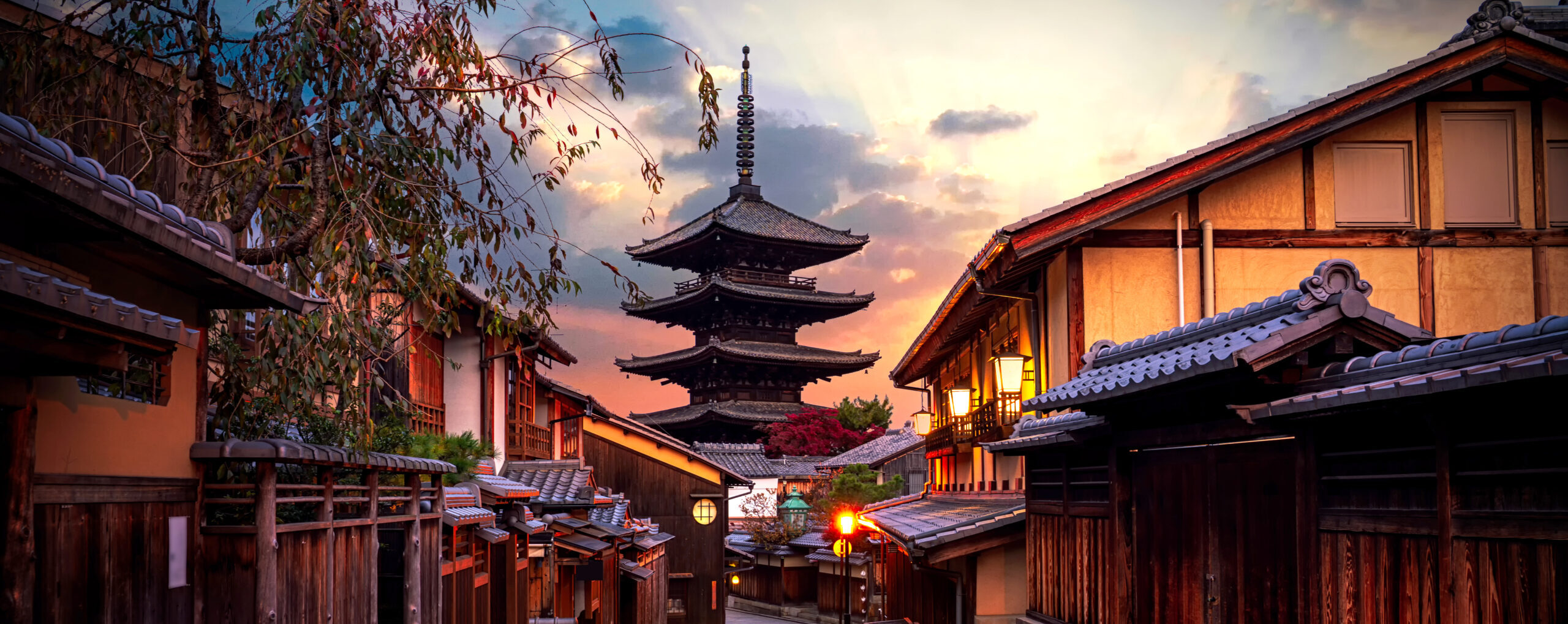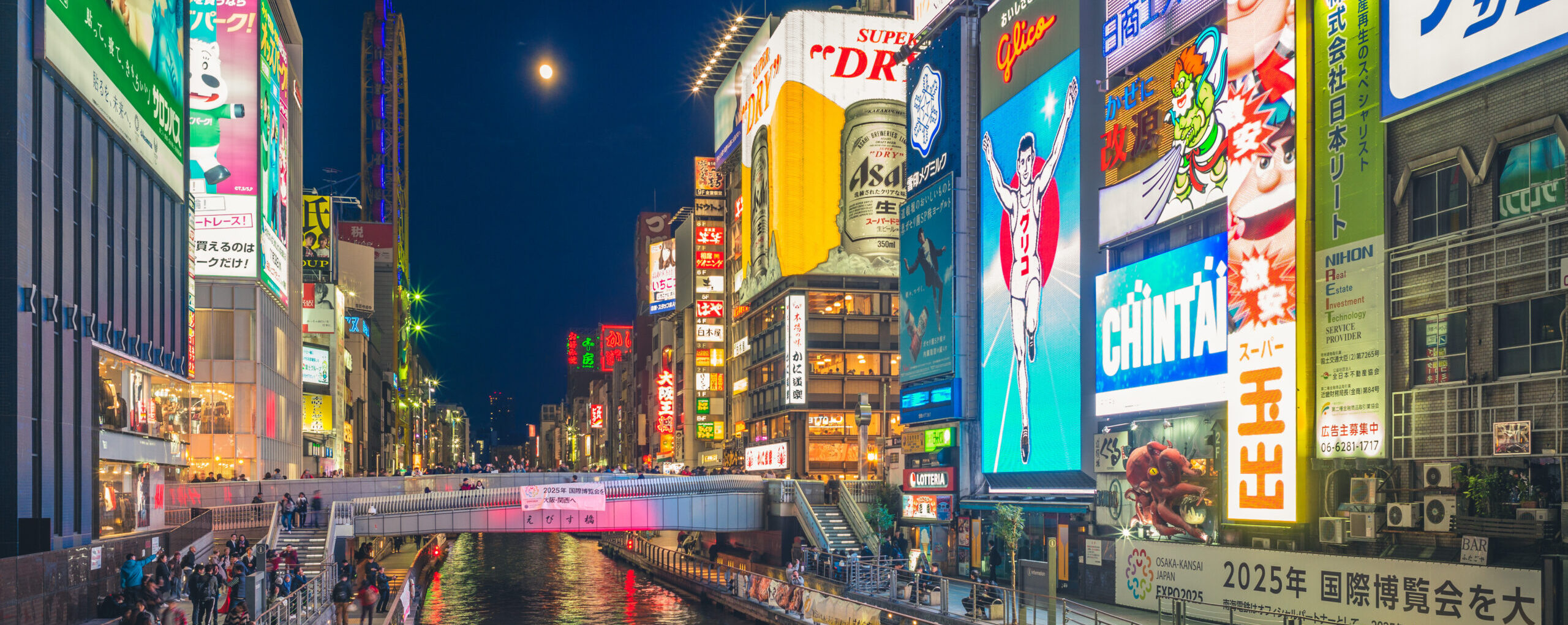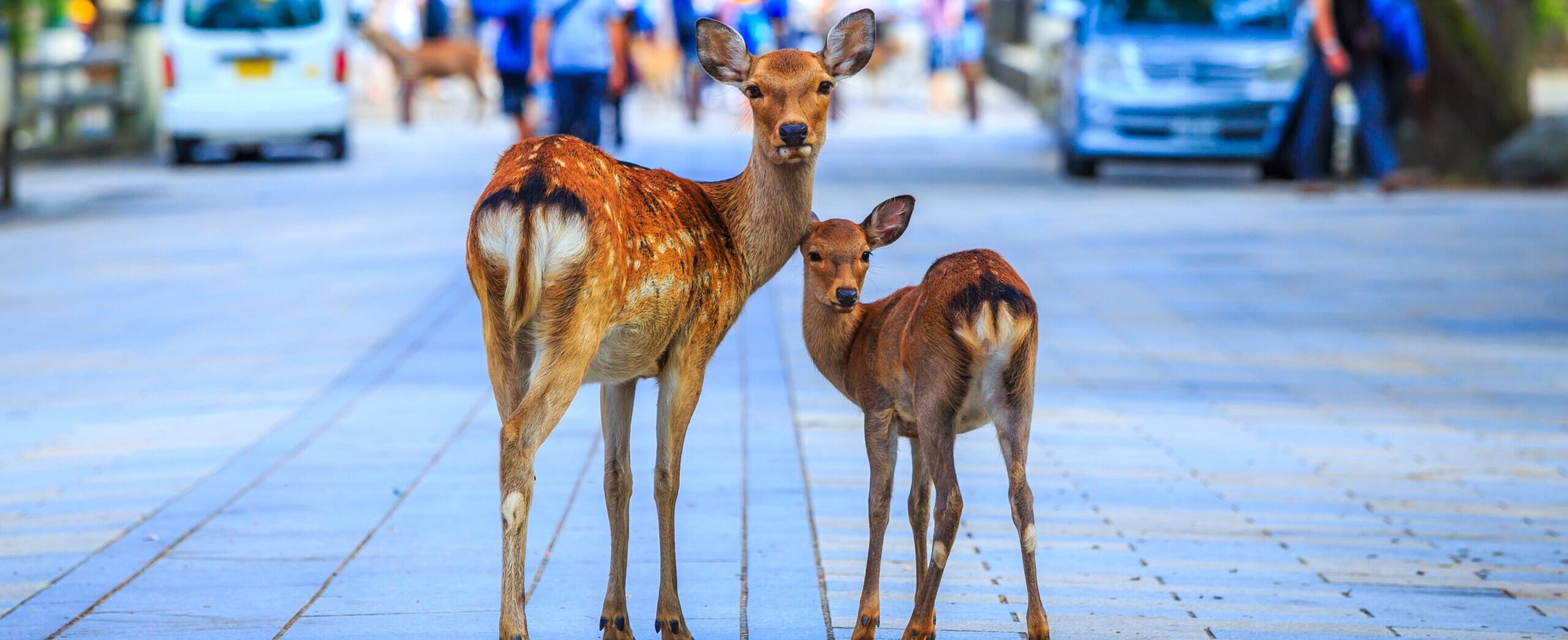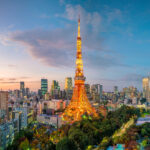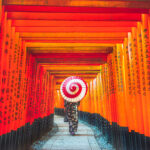In this Article
1. Overview of Kifune Shrine
Kifune Shrine is a scenic and spiritual shrine located in the lush forests north of Kyoto, in the small town of Kibune. Known as the shrine of water and rain, Kifune Shrine is dedicated to the deity of water, Takaokami-no-Kami, and is deeply respected by those seeking blessings for water safety, rain, and love. The shrine’s peaceful and secluded atmosphere offers visitors a refreshing escape into nature.
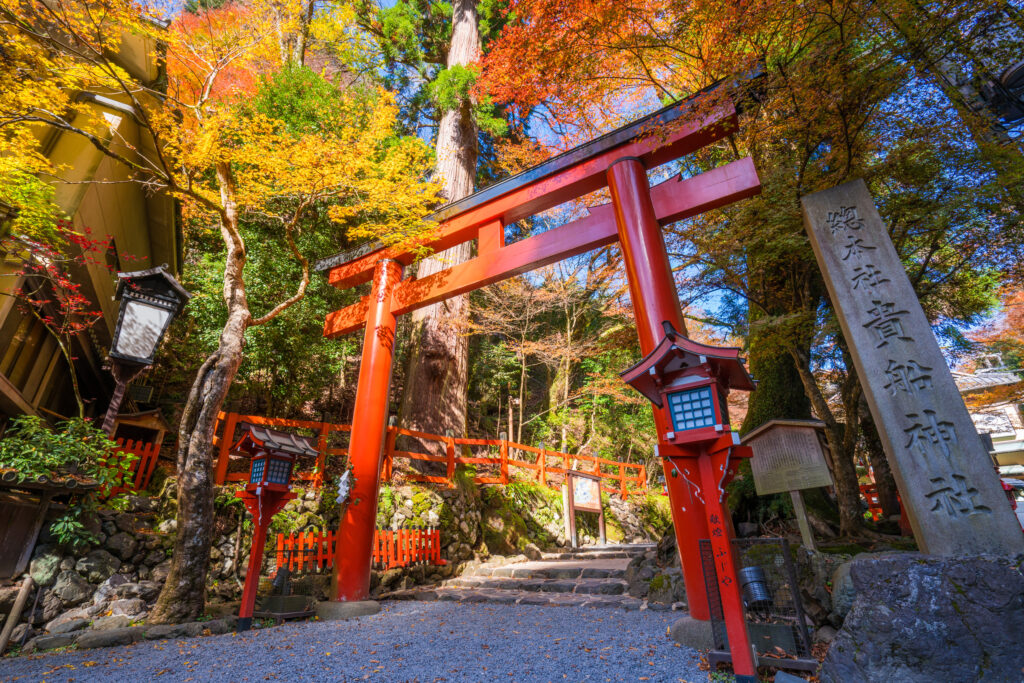
2. History of Kifune Shrine
Kifune Shrine’s origins are ancient, dating back over 1,300 years. Legend has it that a goddess arrived in Kibune by boat, marking the location of the shrine. Historically, the shrine has been visited by nobles and commoners alike who prayed for rain or sought protection from floods. Today, it remains a sacred place for those seeking blessings and a connection with nature.
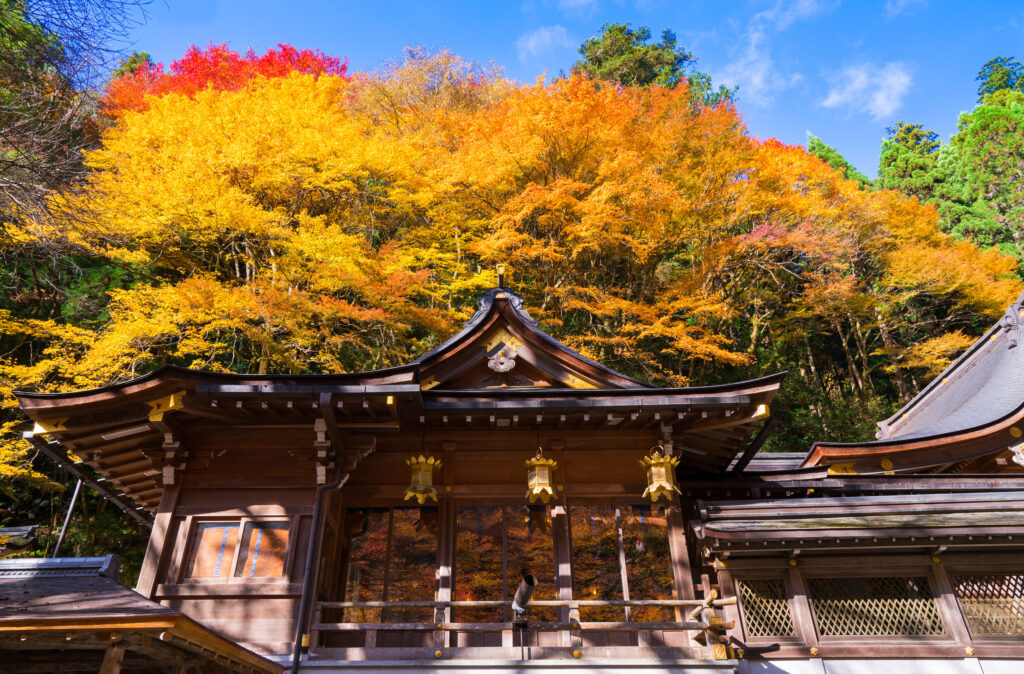
3. Highlights of Kifune Shrine
Water Divination
A unique attraction at Kifune Shrine is its water divination, where visitors place a special fortune-telling paper (mizu-ura mikuji) in the shrine’s sacred water. The message gradually appears on the wet paper, providing a magical experience for those seeking guidance.
Lantern-Lined Stairs
The shrine’s famous stone steps, lined with red lanterns, create a picturesque and spiritual entrance. These lanterns are especially enchanting during evening illumination events, when the path glows warmly against the surrounding forest.
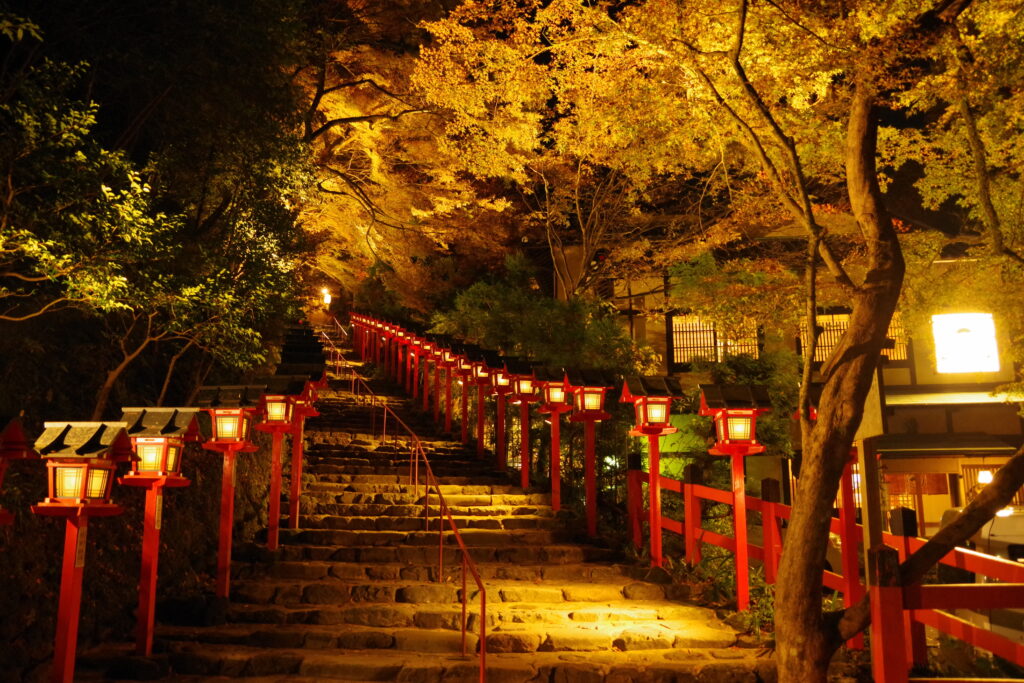
Three Shrine Areas
Kifune Shrine consists of three main areas: the Main Shrine (Honmiya), the Middle Shrine (Yuinomiya), and the Rear Shrine (Okumiya). Each area has distinct features, with the Rear Shrine believed to be where the original deity first descended. A short forested walk connects these sites, making for a serene journey through nature.
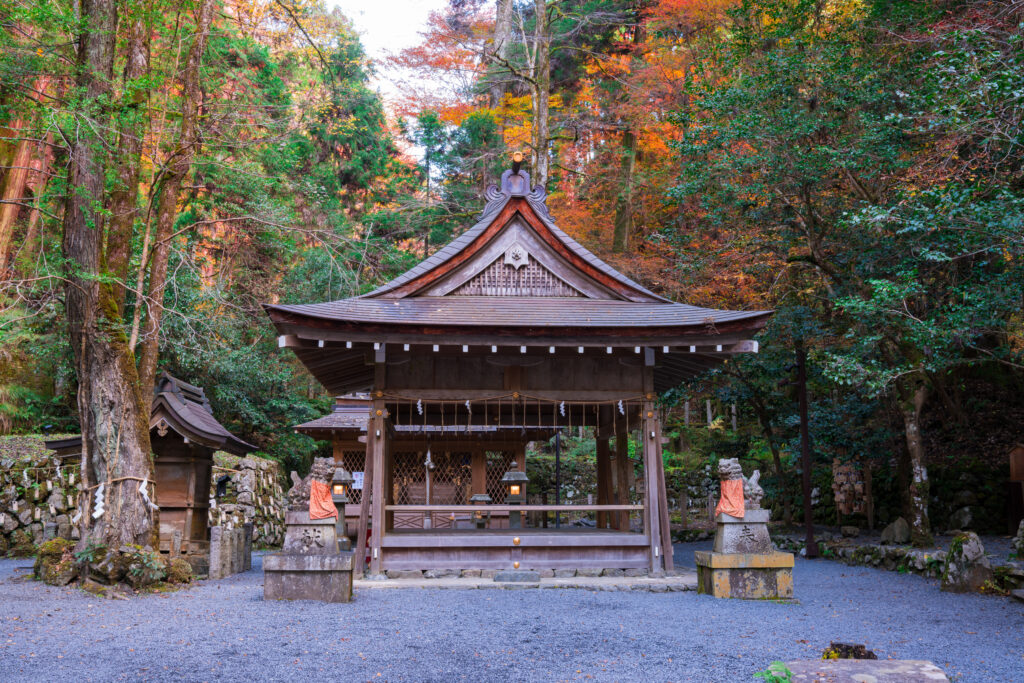
4. Seasonal Beauty and Events
Kifune Shrine is beautiful year-round, with fresh greenery in spring, vibrant foliage in autumn, and serene snow in winter. The shrine’s Tanabata Star Festival, held in July, is a popular event where visitors write wishes on colorful paper and hang them on bamboo branches. Seasonal illuminations and snow-covered paths make winter a magical time to visit.
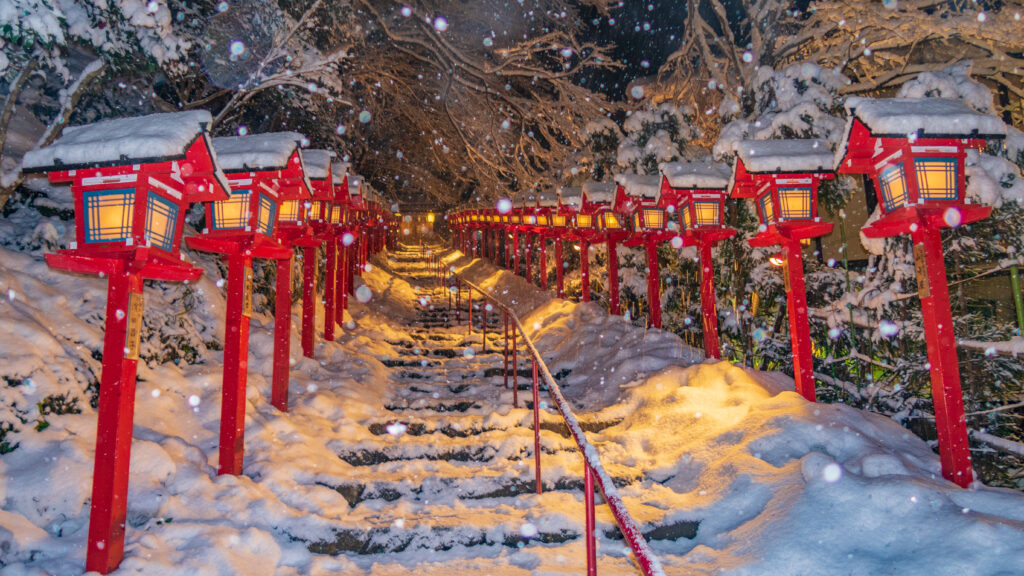
5. Access to Kifune Shrine
Kifune Shrine is accessible by taking the Eizan Electric Railway from Kyoto’s Demachiyanagi Station to Kibuneguchi Station. From there, it’s a pleasant 30-minute walk through the scenic Kibune village, or visitors can take a short bus ride to reach the shrine. In summer, the Kibune River dining experience (kawadoko) is a popular addition to a shrine visit.
6. Hours and Fees
Admission Fees
Free
Opening Hours
5/1~11/30 : 6:00 AM to 8:00 PM
12/1~4/30 : 6:00 AM to 6:00 PM
Closed Days
No closed days
